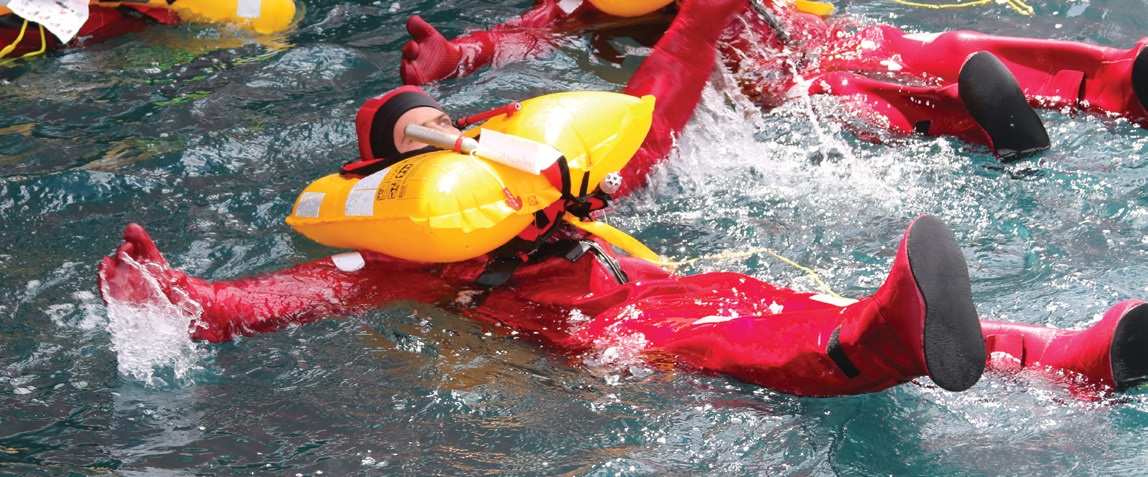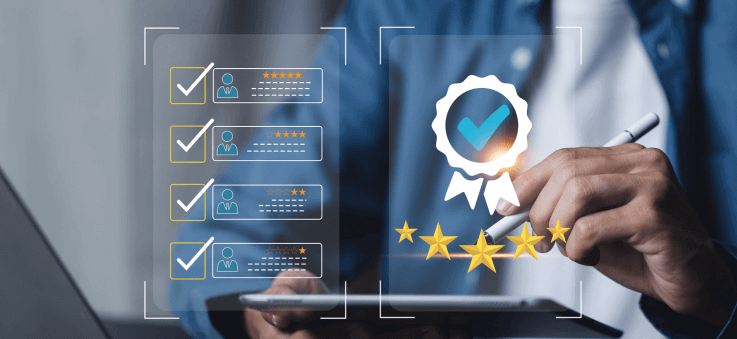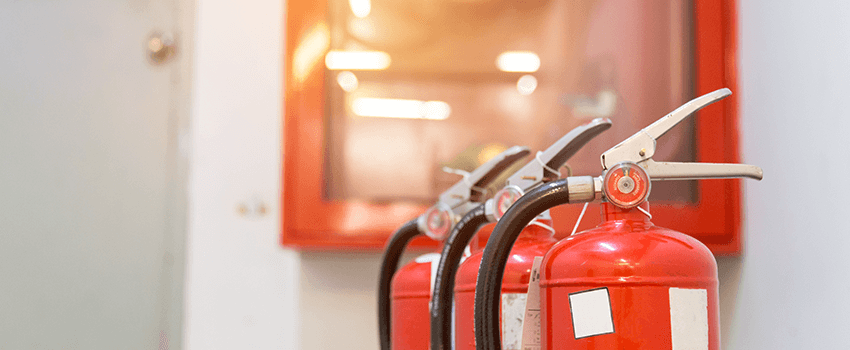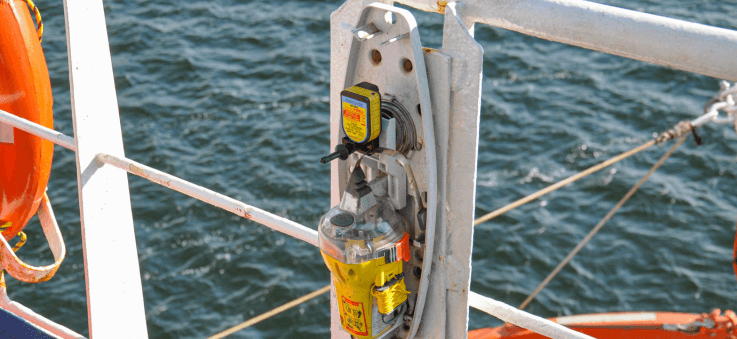Q: What are the regulations around marine safety equipment?
A: Marine safety equipment must often be certified by recognised authorities, and vessels must undergo regular inspections to ensure compliance. There are multiple layers of regulation in the marine industry – and it’s vital for vessels to comply with both international and local standards to ensure safe and legal operation. This includes the IMO, flag states, and classification societies.
The International Maritime Organisation (IMO)
The International Maritime Organisation (IMO) sets global standards through conventions such as SOLAS (Safety of Life at Sea), which provides comprehensive requirements for marine safety equipment. National authorities enforce these regulations within their jurisdictions, often adding country-specific requirements.
Different classes of vessels
Regulations can vary significantly based on the type and size of the vessel. Commercial ships, fishing vessels, and recreational boats all have different safety equipment requirements. For instance, a large cargo ship will have more stringent and comprehensive safety equipment requirements compared to a small fishing boat.
Classification societies
Classification societies, such as Lloyd’s Register (LR), Det Norske Veritas (DNV), and Bureau Veritas (BV), establish and maintain technical standards for the construction and operation of ships. Each society has its own rules, and they conduct regular surveys and inspections to ensure compliance with their standards. Unlike flag states (see below), classification societies focus on the technical integrity and safety of the vessel’s structure and systems.
Flag state requirements
A vessel’s flag state – the country under whose laws it is registered – plays a critical role in determining its regulatory obligations. Each flag state has its own set of regulations that vessels must comply with. For example, a ship registered under the flag of the Bahamas must adhere to the Bahamas Maritime Authority regulations, which may differ from those of other flag states like Liberia or the Marshall Islands. Flag state requirements encompass equipment standards, inspection regimes, and certification processes.




